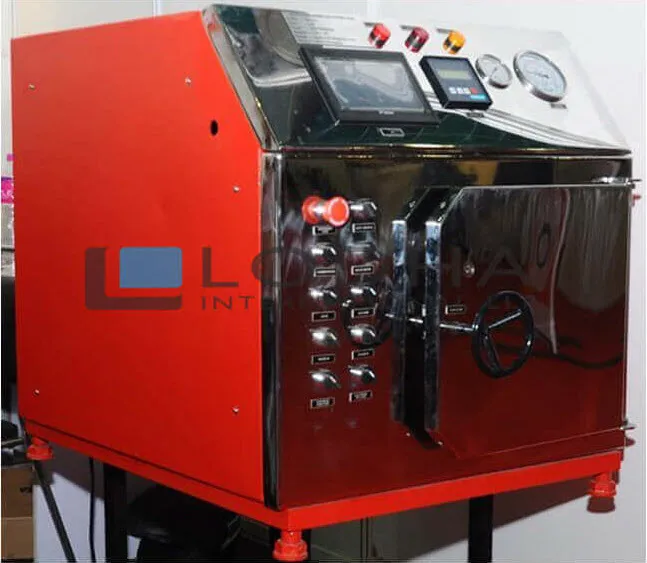Get in touch! +91 9687731331 | +91 9687631331 | info@lodhapharma.com
Validating an ETO Sterilizer
Using an ETO Sterilizer is an important thing to know if you work in the medical field. It can prevent the spread of bacteria, fungi, and viruses that can cause infections and death in patients. It's also a very important piece of equipment in hospitals.
What is the Use of ETO Sterilizer?
During the past several decades, the use of ethylene oxide (ETO) as a sterilizing gas has been steadily increasing in the medical device industry. In the United States, close to half of all medical devices are processed with ETO.
When ETO is used as a sterilizing gas, it attaches to the DNA of microorganisms, inactivating them. Because ETO is a powerful disinfectant and inactivator of microorganisms, it is used in hospitals to sterilize heat-sensitive medical devices. In addition to its usefulness as a disinfectant, ETO is also used to sterilize moisture-sensitive medical devices.
The process of sterilization requires a number of control measures, including monitoring temperature and relative humidity. Additionally, a moisture sensor is one of the most important elements of the system. While the moisture sensor is relatively easy to implement, maintaining it is a challenge.
Another important control measure is monitoring pressure inside the product packaging. This allows the user to see how the pressure rises during sterilant dwell. It also can be used to determine how EtO penetrates into the products.
How does Relative Humidity Effect ETO Sterilizer?
During the validation process of an ETO Sterilizer, humidity is a major consideration. The humidity sensor is one of the most important elements of the system, but it's also the hardest to get right.
There are several types of sensors. The most basic is the mechanical hygrometer. This is based on the principle of material expansion and uses materials such as wood, paper, and plant leaves.
The humidity sensor is the most difficult to install and maintain. It also requires a lot of calibration. There are electronic sensors for measuring humidity in ETO chambers. The optimum relative humidity is 32%. The relative humidity of a chamber is determined by the pressure rise after steam injection. It is also possible to determine this from a steam table.
There are a number of advantages of using a humidity sensor in the ETO Sterilizer. One of the most important is the ability to record the humidity of the product load in the chamber.

Exposure Time of ETO Sterilizer
EO (Ethylene Oxide) sterilization is an effective method of disinfecting and sterilizing medical devices. However, there are a few important aspects to consider when using this process.
Exposure time for EO is determined by a variety of factors, including product type, material, product packaging and gas concentration. To determine the shortest possible exposure time for EO, use the equation below.
The equation is calculated by dividing the time it takes to achieve a certain level of lethality during the gas injection phase of a sterilization process. It takes into consideration lethality achieved during the exposure phase of the cycle, as well as the time it takes for nitrogen to be overlayed onto the product.
Another factor to consider is the time it takes to achieve a steady-state concentration of ETO within the process chamber. This can be determined by analyzing the pressure differential in the chamber during the various phases of the sterilization cycle. A decrease in pressure differential should be proportional to a decrease in ETO concentration.
In Conclusion
Using ethylene oxide (EO) to sterilize medical devices is well-known for its high efficacy. The US Food & Drug Administration (FDA) regulates ethylene oxide sterilization for medical devices. The FDA works with other government agencies to develop innovative sterilization methods. According to the FDA, approximately 50% of medical devices in the United States are sterilized with ETO each year.

